'Brueghel: Masterpieces of Flemish Art' exhibition opens at Palazzo Albergati in Bologna
Pieter Brueghel the Elder and workshop. The Resurrection, 1563 ca. Oil on canvas, 107 x 73.8 cm Belgium, private collection.
BOLOGNA.- After the widespread, stunning success of the first exhibition dedicated to the Dutch genius Escher, visited by more than 175,000 people, Arthemisia Group is continuing its work in the rooms of the Palazzo Albergati with a new project devoted to art, this time Flemish: the exhibition Brueghel. Masterpieces of Flemish Art, which traces back over history along a temporal, familial and pictorial horizon spanning more than 150 years, bringing to Bologna the masterpieces of an entire dynasty of exceptional talent active between the 16th and 17th centuries.
Hieronymus Bosch, The seven capital sins, 1500 - 1515, oil on canvas, 86.5 x 56 cm. Geneva, Geneva Fine Arts Foundation.
Brueghel, the name of a family that in centuries past became a mark of excellence in the pictorial arts and included the most important group of Flemish artists working between the 16th and 17th centuries, interpreters of the splendour of the 17th century.
The family that amazed the world with paintings that have come down to us thanks to their tremendous value, appreciated since the 17th century, is taking centre stage at the Palazzo Albergati with works by Pieter Brueghel the Elder, The Resurrection (c.1563); Pieter Brueghel the Younger, Outdoor Wedding Dance (c.1610); Jan Brueghel the Elder, River Landscape with Bathers (1595 - 1600); Jan Brueghel the Younger, Travellers at a Meeting Point (c.1630); Abraham Brueghel, Large Still Life with Fruit in a Landscape (1670) and Ambrosius Brueghel, Still Life with Flowers (1660 - 1665) in an exhibition that analyses the realist revolution in European painting that emerged from the genius of the Brueghel family, which influenced, through the gaze of its inventive members, the great themes of the history of western art.
Pieter Brueghel the Younger, Wedding dance outdoors, ca 1610. Oil on panel, 74.2 x 94 cm USA, private collection.
The exhibition aspires to take visitors on a passionate journey to the golden age of 17th-century Flemish painting, in search of the visionary genius of five generations of artists who chorally embodied - as no one else before or since - the style and trends of more than a century of art history.
While the Italian Renaissance concentrated attention on the noble and virtuous ideal of the human figure, elevating its greatness and virtue through the work of Michelangelo, Leonardo and Titian, in Flanders the perspective was radically different.
Pieter Brueghel the Elder, the head of the family and deeply familiar with and appreciative of Italian painting, was dedicated to the everyday reality of human life, investigating all of its aspects without excluding the more crude and realistic ones, lingering over the darker side and vices of peasants and merchants and the toil of life as well as the often coarse and vulgar gaiety of ordinary people, as in the Outdoor Wedding Dance (c.1610) by Pieter Brueghel the Younger.
An eye focused ruthlessly on life as it was really lived, on works of charity, but also on the weaknesses and everyday suffering concerning one and all, as in, for example, the Seven Acts of Mercy (1616 - c.1618) by Pieter Brueghel the Younger.
Pieter Brueghel the Younger, The seven works of mercy, ca 1616 - 1618. Oil on panel, 44 x 57.5 cm Brussels, private collection.
And while in the Italian Renaissance nature was limited to being a background for the magnificent plastic and aesthetic superiority of humankind, in Flemish painting - in the style of Brueghel - the role of Nature was fully that of a protagonist in human history and it was represented with visual richness, attention to detail and a compositional beauty never before seen in the history of painting, examples being the meticulous, detailed Large Still Life with Fruit in a Landscape (1670) by Abraham Brueghel and the charming Allegory of the Four Elements (1630 - 1635) by Jan Brueghel the Younger and Hendrick van Balen.
A strong, vigorous Nature that dominated humankind, which was often submissive before its power. Pieter Brueghel the Elder, and after him his rich progeny, invented a pictorial code that quickly became a distinguishing mark, a kind of brand of the family, which starting in the middle of the 16th century continued its activity for more than two centuries.
Also on view is an important selection of artists - from Frans de Momper and Frans Francken to Hendrick van Balen and Joos de Momper and many others who contributed to creating one of the richest chapters in the history of art - together with members of the Brueghel family, true masters of detail and specialists in painting animals, flowers and objects.
Pieter Brueghel the Younger, Trap for birds, 1605. Oil on canvas, 50.5 x 61 cm. Geneva, Torsten Kreuger collection.
First Section – Moral Judgement, Between Salvation and Condemnation
The exhibition starts in Flanders in the middle of the 16th century, to highlight the dialogue between the moral and visionary fantasy of the Seven Deadly Sins by Hieronymus Bosch (c.1500) and the painting by Pieter Brueghel the Elder, head of the most important family of Flemish artists in the 16th and 17th centuries and represented in the exhibition by the Resurrection of 1563.
Brueghel rested his gaze on a simple humanity, free but at the same time a slave to needs, in constant movement between the spiritual inclination towards virtue and the carnal seductions of vice.
Jan Brueghel the Younger, Allegory of smell, ca. 1645-1650. Oil on canvas, 57 x 82.5 cm. Geneva, collection Diana Kreuger.
Second Section – Queen Nature
The Copernican revolution of Flemish painting did not consider humankind as the centre of the universe, but led it to be part of a stronger and more complex world. In part due to the effects of the Protestant Reformation and Calvinist theory, art shifted its attention towards the primacy of nature, painted above all with painstaking attention by Jan Brueghel the Elder, known as Velvet Brueghel, in works such as Rest on the Flight into Egypt (1602 - c.1605) and River Landscape with Bathers (1595 - c.1600).
With these works, a path towards a new perception of reality began, and the wonder and perception of the limits of humankind before the powerful elements of a threatening yet alluring world emerged. The large canvas Forest Landscape with the Virgin and Child, the Young John the Baptist and an Angel (1645 - c.1650) by Jan Brueghel the Younger is an emblematic example.
Ambrosius Brueghel, Still Life with Flowers, 1660 - 1665. Oil on canvas, 12.5 x 26.5 cm (each) Vermont, private collection.
Ambrosius Brueghel. Still Life with Flowers, 1660 - 1665. Oil on canvas, 12.5 x 26.5 cm (each) Vermont, private collection.
Third Section – Soldiers and Hunters Bathed in Winter Light
Bird-trap (1601) is one of the most celebrated images in Flemish painting, masterfully executed by Pieter Brueghel the Younger on the model of his father’s earlier version. In a sublime winter atmosphere, the hunters wait for the animals to fall in their trap, while men, women and children skate on the frozen river, heedless of the danger. The idea of the transitory nature of life is masterfully rendered, and this section of the exhibition presents the harshest and most realistic aspects of everyday life. A similar theme was treated by Marten van Cleve in Winter Landscape with the Massacre of the Innocents (c.1570).
Jan Brueghel the Elder, River Landscape with bathers, 1595-1600. Oil on copper, 17 x 22 cm. Switzerland, private collection.
Fourth Section – Stories of Travellers and Merchants
In the 16th century, the city of Antwerp was the fulcrum of trade, expeditions and grand voyages. A new middle class emerged and became firmly established, braving the unpredictable trade routes of the seas in search of riches. Painting celebrated the deeds and adventures of travellers and merchants, their stories becoming the inspiration for increasingly appreciated and popular paintings, which decorated the homes of cultured patrons sensitive to the dynamics of a nascent market. Particular success was enjoyed by engravings such as Jan Brueghel the Younger’s Travellers at a Meeting Point of c.1630.
Marten van Cleve, Wedding dance, ca. 1570-1580. Oil on canvas, 81.5 x 112.5 cm. New York, Joseph and Mild Guttmann.
Fifth Section – Allegories, Stories of Wonders
Grand visual metaphors, allegories were an effective way of visualising and making readily understandable such concepts as love, war, peace, the elements of nature and the human senses. The paintings Allegory of Hearing (1645 - c.1650) and Allegory of Touch (1645 - c.1650) demonstrate Pieter Brueghel the Younger’s special skill in this genre. The narrative path of the exhibition concludes with a series of works distinguished by a strong emotional impact that complete the artistic and creative journey of the extraordinary Brueghel dynasty.
Jan Brueghel the Younger, Meeting travelers, ca. 1630. Brown wash and brown ink on paper, 17 ° - 16.7 cm. Brussels, private collection.
Sixth Section – The Splendour and Vanity of the Silent Life
While it is true that flowers symbolise harmony and wealth, it is equally true that they always hide the idea of vanitas, of that which does not last since all beauty is destined to fade. And it is also in the great still lifes that one perceives the course of the silent life, which exists with discretion. The moral message of the inexorable passing of time is highlighted in details such as over-ripe fruit or a dead leaf. Small signs of the vanity of living as if time did not exist. In Flowers in a Basket and in a Clay Vase (1640 - 1645) Jan Brueghel the Younger used a funerary urn as a vase, as if he wanted to call to mind the common and inescapable destination, death. The small-format compositions Still Life with Flowers (1660 - 1665) and Vase of Tulips and Dahlias (1645–c.1650) by Ambrosius Brueghel are of special merit.
Ambrosius Brueghel, Tulips in a Vase, circa 1645, oil on panel, 24,5 × 14,5 cm, Amsterdam, private collection.
Seventh Section – The Dance of the Last
The members of the Brueghel family were narrators of facts and stories. Their works tell of real life, filled with peasants bent by the toil of living, drunks and beggars, characters depicted from behind and anonymous figures carrying out their lives ignorant of and indifferent to the observer. The Outdoor Wedding Dance of 1610 and the Pentecost Bride by Pieter Brueghel the Younger (1620 - 1623) are emblematic works. But together with the most humble passions, there is also the variety of life, the explosion of merriment and festivity, the game of courting, marriage rituals and peasant traditions passed down for generations before the fire during banquets, as in the series Peasant Wedding, six oil-on-copper works by Marten van Cleve.
The New Nature, Allegories and Parables, Moral Judgement, Splendour and Vanity, the Song of the Last and the Silent Life: around these thematic groups, which title the exhibition sections, the passionate story of the realities of life - generating wonder and amazement - developed through the painstaking description of the world, its reflective mirror.
With the support of the City of Bologna, the exhibition is produced and organised by the Arthemisia Group, curated by Sergio Gaddi and Andrea Wandschneider (director of the Paderborn Städtische Galerie in der Reithalle) and will take place in the rooms of the Palazzo Albergati from 2 October 2015 to 28 February 2016.
Jan Brueghel the Younger, A Wooded Landscape with the Virgin and Child, the Infant Saint John the Baptist, and the Angel, circa 1645 - 1650, oil on canvas, 115,5 × 167,5 cm. Genève, private collection.
Jan Brueghel the Younger, Peasants Returning from the Market, circa 1630, oil on copper inserted in panel, 12,7 × 15 cm, New York, private collection.
Jan Brueghel the Younger, The Allegory of Hearing, circa 1645 - 1650, oil on canvas, 57 × 82,5 cm, Genève, Collection Diana Kreuger.
Pieter Brueghel the Younger, The Flatterers, circa 1592, oil on circular panel, 18,5 cm (diam.). Maastricht, private collection.

/https%3A%2F%2Fprofilepics.canalblog.com%2Fprofilepics%2F1%2F0%2F100183.jpg)
/https%3A%2F%2Fstorage.canalblog.com%2F03%2F02%2F119589%2F96711876_o.jpg)
/https%3A%2F%2Fstorage.canalblog.com%2F11%2F31%2F119589%2F94773502_o.jpg)
/https%3A%2F%2Fstorage.canalblog.com%2F20%2F83%2F119589%2F94772815_o.jpg)
/https%3A%2F%2Fstorage.canalblog.com%2F26%2F72%2F119589%2F75604929_o.jpg)
/https%3A%2F%2Fstorage.canalblog.com%2F59%2F60%2F119589%2F26458628_o.jpg)

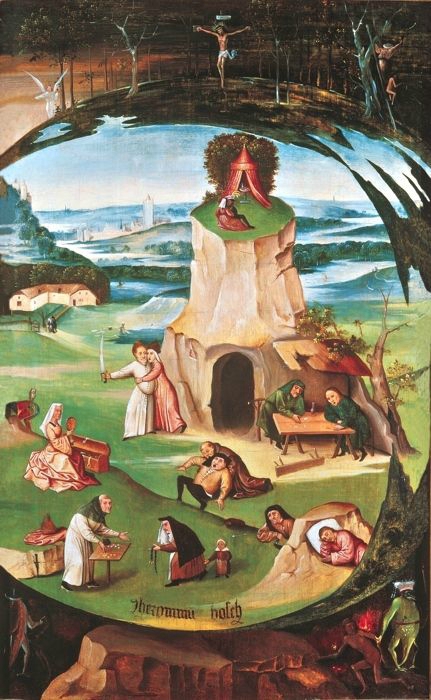

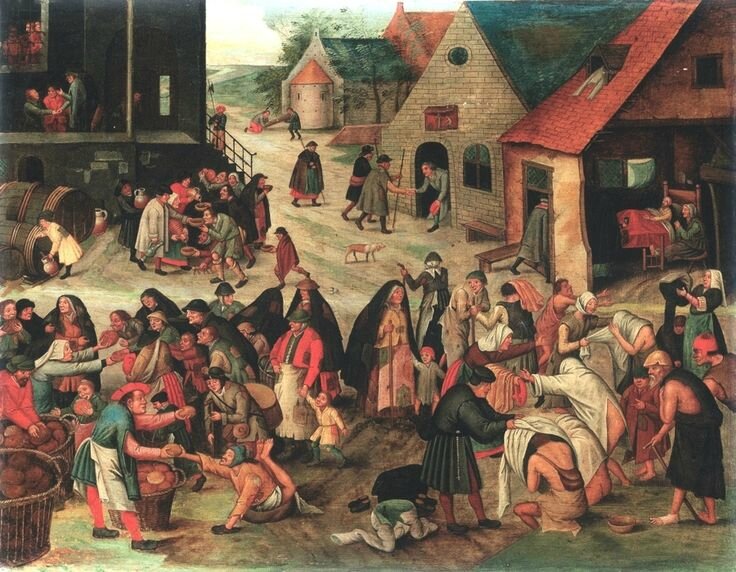
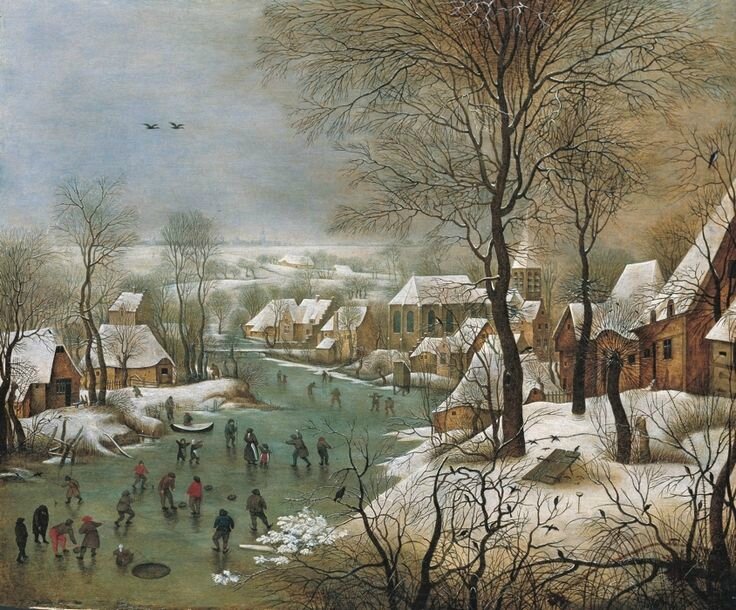
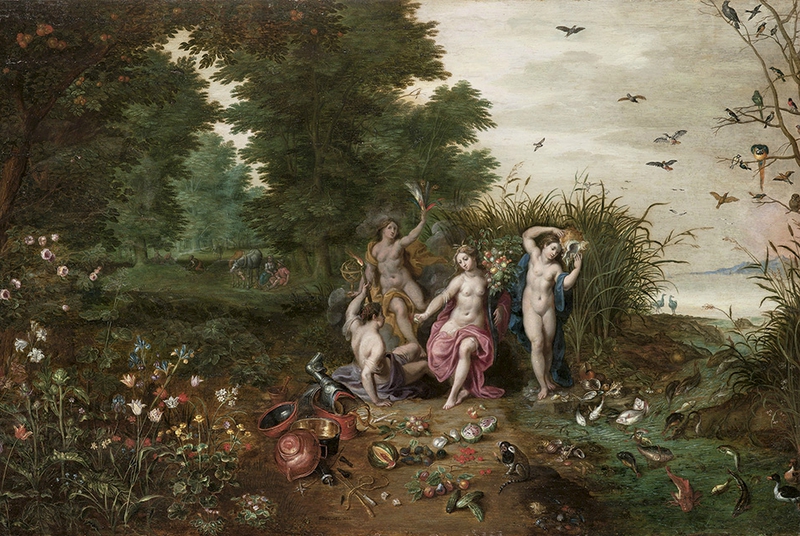
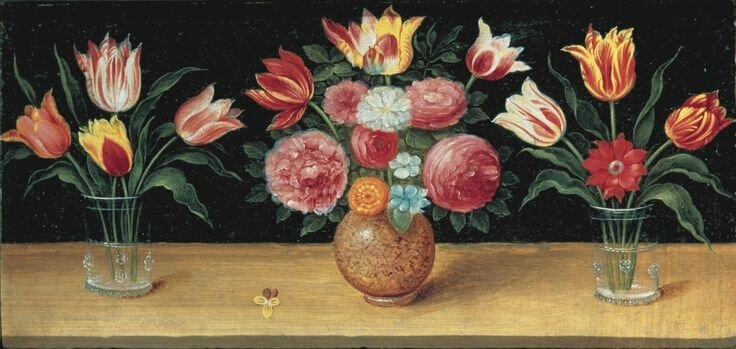
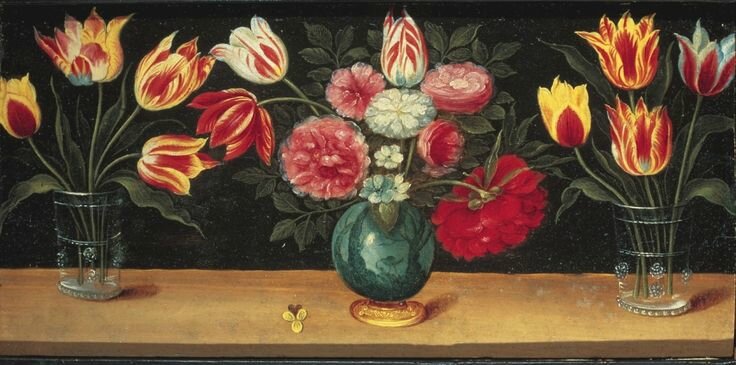
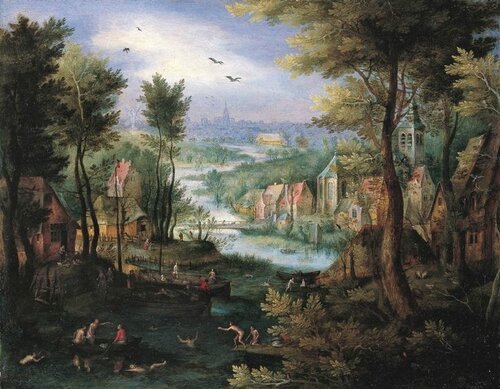
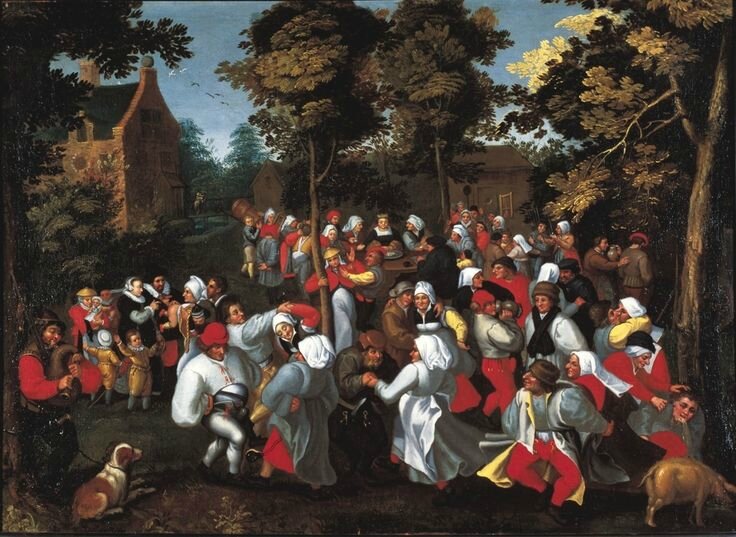
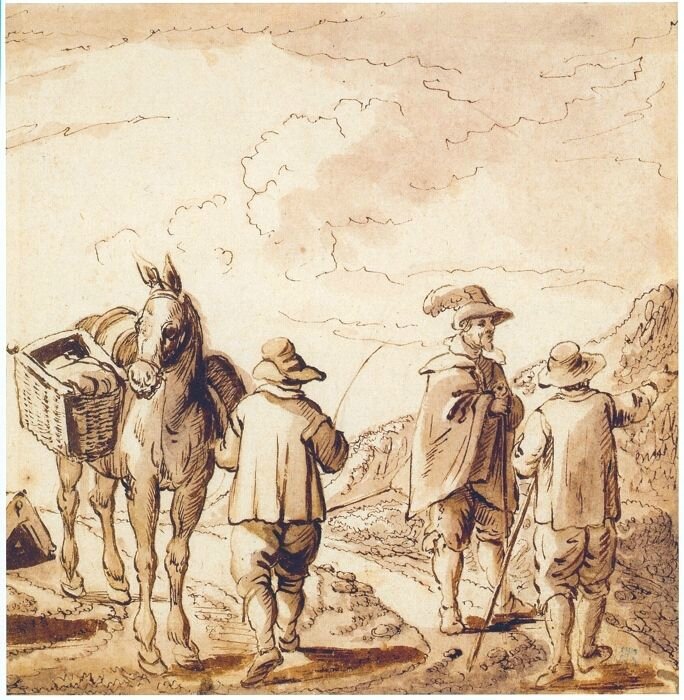
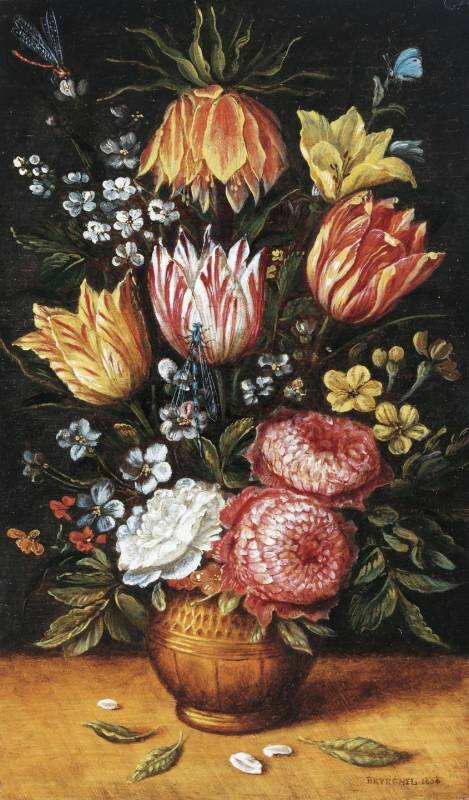
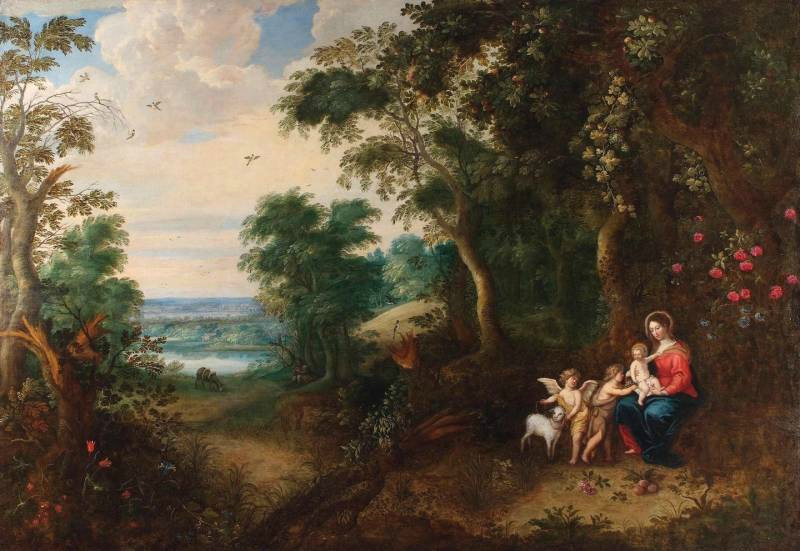

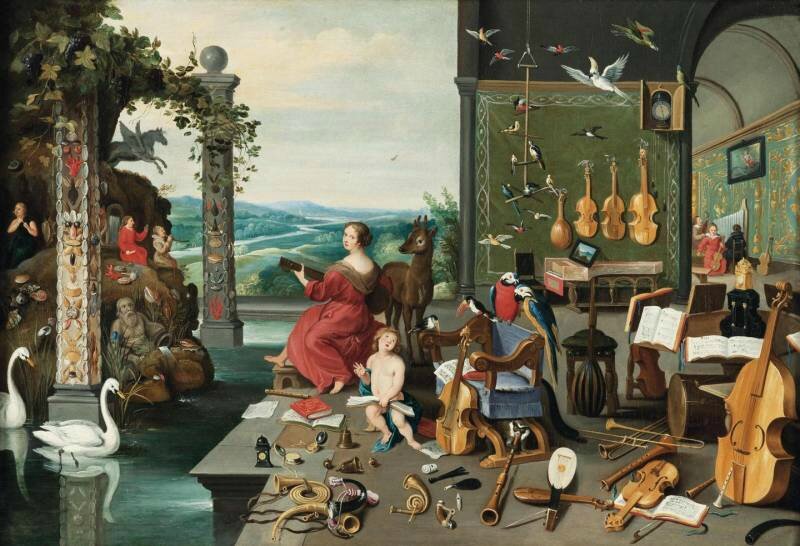



/image%2F1371349%2F20240320%2Fob_49ea54_ef017b925bca608ce809f99abdd4165f.jpg)
/http%3A%2F%2Fstorage.canalblog.com%2F30%2F95%2F119589%2F122146256_o.jpg)
/http%3A%2F%2Fstorage.canalblog.com%2F95%2F42%2F119589%2F121111574_o.jpg)
/http%3A%2F%2Fstorage.canalblog.com%2F75%2F46%2F119589%2F117726270_o.jpeg)